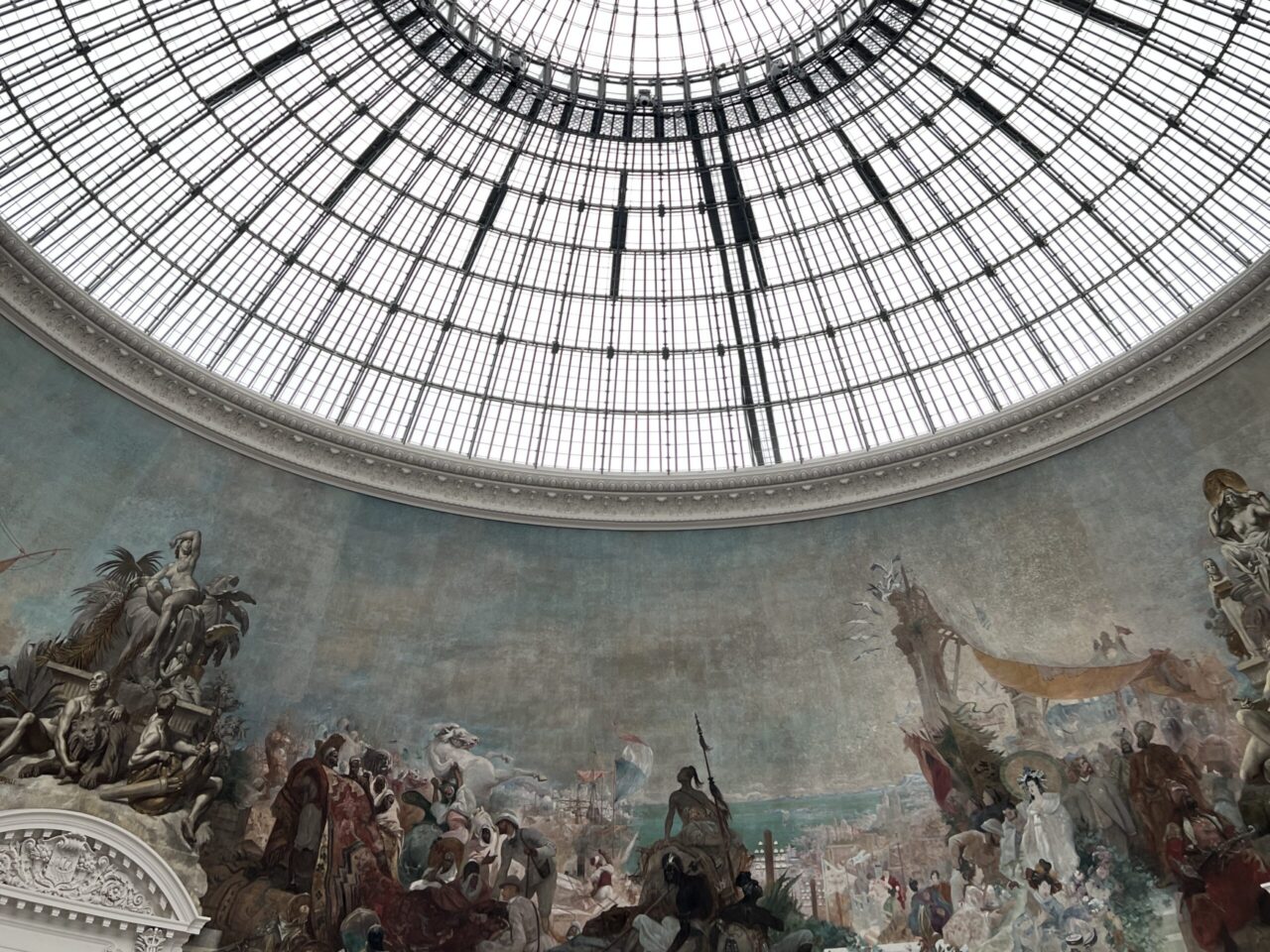From Products to Purpose
After a busy art week in Paris, I’ve noticed more brands actively engaging with art and culture – a welcome shift for companies often focused solely on product launches and marketing stunts. I wonder, in today’s fast-paced world, how can brands move beyond transactions to promote real connections with artists, thinkers or activists and drive meaningful change?
As consumers increasingly seek authenticity and purpose, brands have the opportunity to engage in conversations that matter. Imagine spaces where the dialogue around culture, sustainability, community and social responsibility is front and centre. It’s time for brands to embrace collaborations that prioritise impact over image, invite diverse perspectives and promote lasting relationships.
The Era of Collaboration (x)
Today’s business landscape is filled with brands activating their image through collaborations that often lack depth. Whether it’s a luxury car manufacturer teaming up with a designer for a limited-edition vehicle, fashion brands collaborating with artists, or tech giants hosting panels with celebrities, the focus frequently skews towards promoting products rather than fostering substantial conversations. However, more companies are now realising the potential of cultural collaborations and platform-building to create deeper connections.
Companies like Google and Gucci have demonstrated how powerful collaborations can go beyond product promotion and social washing. Google’s ‘Impact Challenge’ supports social issues, while Gucci’s ‘Changemakers’ initiative empowers diverse voices in art and activism. These platforms show that brands can influence society by providing spaces for real dialogue and action.

Pinault Collection’s Bource de Commerce, Paris.
Cultural Platforms
Many brands are increasingly recognising the importance of engaging with art and culture as a way of supporting intellectual and creative dialogue. To create meaningful collaborations, organisations must go beyond the usual suspects of marketing and design. Engaging voices from fields like art, science, and activism adds depth and relevance. For example, Prada’s “Prada Frames”“Prada Frames” symposium, curated by design studio Formafantasma, brings together experts from various disciplines to address issues like ecology and technology, creating a platform that pushes critical dialogue while expanding cultural agendas.
Other luxury conglomerates such as Kering and LVMH have embraced the arts through sponsorship of major art fairs, exhibitions and even built their own museums, to provide platforms for artists, thinkers and designers to explore contemporary issues. Examples are the Fondation Louis Vuitton or the Pinault Collection, which have become global hubs for cultural exchange and artistic expression. Of course, this strengthens the brand’s cultural footprint in the first place, but also contributes to the broader conversation about the role of art in society.
Chanel’s ongoing collaboration with cultural institutions to fund artist residencies demonstrates how fashion brands position themselves among the creative community by providing space and support for artistic and intellectual growth.

Creating value and purpose. A long way to go but definitely doable.
Creating Meaningful Dialogues
To create authentic engagement, companies can connect with the right people, initiate panels, workshops and events that prioritise dialogue over products. No one cares about the product, if a brand’s purpose is not right. By creating forums where diverse voices can share insights and experiences, brands can facilitate meaningful conversations that resonate with their stakeholders.
In addition, the use of digital platforms and social media can amplify these discussions. Companies can work with thought leaders and influencers to create online series or webinars focused on relevant issues. This approach not only extends the reach of the conversation, but also allows for real-time interaction and feedback from a wider audience.
All of this activity requires a shift in mindset
Expanding Horizons
The outdoor brand Patagonia is a case in point, consistently pushing environmental activism ahead of its products. Now as a foundation, the brand’s commitment to donating a portion of its profits to environmental causes is an example of how brand identity can be aligned with real societal contributions, encouraging customers to participate in broader conversations about sustainability.
Another notable example of a company operating on a foundation-like model is Rolex, which reinvests its profits in various philanthropic initiatives. By engaging in meaningful activities and projects, Rolex not only promotes excellence in craftsmanship, but also supports education, sports, the arts and environmental conservation. This approach allows the watchmaker to align itself with important causes while maintaining its reputation as a leader in the luxury industry.
Easier said than done, all of this activity requires a shift in mindset – from viewing collaborations as transactional engagements to recognising them as real opportunities for meaningful change.

It’s about time to work on meaningful change.
Organising for Impact
To start building these cultural platforms, companies can follow these simple steps:
1. Define a Purpose – What deeper societal or cultural impact do you want to make?
2. Build Meaningful Connections – Who are the collaborators that can contribute different perspectives and fit your company?
3. Empower Change – How can you create space for new ideas to flourish and inspire broader conversations?
Just start!
As brands face a more aware audience, the focus must shift from product-centric marketing to creating spaces that foster genuine, purpose-driven dialogue. In a world driven by consumerism, let’s challenge ourselves to look beyond the bottom line and focus on what really matters – creating a better, more sustainable future for all. With less products, and more platforms for art, culture, societal & environmental issues and intercultural exchange.
This article is taken from our Substack newsletter. You can subscribe to it here.